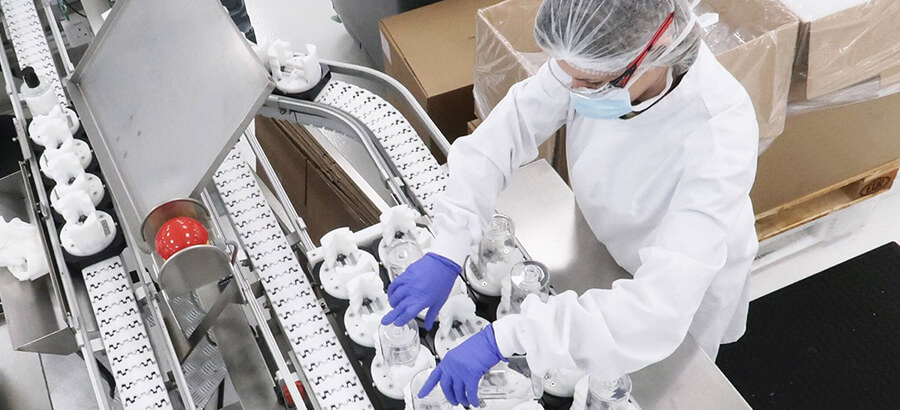The COVID-19 pandemic has revealed several vulnerabilities as well as opportunities for Australia’s supply chain. While Federal Treasurer Josh Frydenberg has promised a re-evaluation of supply chains and a focus on niche manufacturing in a post-COVID-19 world, many manufacturers have focused their immediate attention on addressing a shortage of items like ventilators, masks and hand sanitizers. In fact, in order to assist in the national fight against COVID-19, Prime Minister, Scott Morrison has urged Australian manufacturers to make a wartime shift to their production.
The phrase ‘wartime manufacturing’ was coined during WWII, where the United States and Great Britain had converted their production lines to output ships, tanks, bombers, and other military equipment. In some cases, stockings were even manufactured for the purpose of acting as a parachute.
Here are some of the ingenious ways that Australian manufacturers have switched their production lines:
1. Factories Switching to Hand Sanitiser
Following the lead of the French conglomerate LVMH that runs luxury brands like Louis Vuitton and Dior, having turned its perfume factories into hand sanitizer plants, many Australian firms have followed by switching their production lines.
One of Australia’s biggest packaging companies, Pact Group, is converting production lines at three of its Sydney plants as it starts making hand sanitizer for the first time, instead of industrial cleaners. The company expects to be at full production by mid-April and will be making about two million units of hand sanitiser per month of which it anticipates that about 95 percent of the new product will be sold in Australia.
Legendary cricketer, Shane Warne’s SevenZeroEight gin distillery in Western Australia, which he co-founded with two prominent WA surgical specialists, has halted production on its award-winning gin to switch to producing medical grade 70% alcohol hand sanitizer. An agreement has already been made to supply to two nominated Western Australia hospitals at cost, until further notice.
2. Boosting the supply of ventilators
HP and Smile Direct Club are working on 3D printing of parts like ventilator valves and breathing filters. HP will make its proprietary design files for these parts available, so they can be produced anywhere in the world and is also helping customers bridge potential supply chain interruptions by expanding distributed print-on-demand capabilities to anyone that needs it. And Dyson has designed and built an entirely new ventilator, the CoVent in just ten days, and has now received an order from the UK government for 10,000, which is starting production in April.
3. Supporting the national supply chain emergency
Maintaining supply chains is crucial in responding effectively to humanitarian crises like Coronavirus. The Australian supermarkets are buckling under the strain of unprecedented demand and panic buying of groceries, toilet paper, cleaning products, and medicines from Australians. This has resulted in calls for calm from politicians and reassurances from the leaders of our major supermarkets.
Australian manufacturing and distribution companies have responded by extending their resources amid a reduction in demand for their own products, such as wine, spirits, meat, and seafood that are exported en masse to China, with many offering their truck and driver fleets to be reallocated to support the national supply chain contingency.
4. Manufacturing and distribution agility
Manufacturing and distribution agility is the ability to respond quickly to unpredictable changes in demand. Right now, it is also a requirement for the day-to-day survival of the fittest in our industry. It will create a more agile organization that can adapt quickly while increasing the potential for collaboration with other companies also involved in the wartime supply chain.
Enterprise resource planning (ERP) applications will be able to help small and mid-size manufacturers in Australia to respond with unprecedented agility to this emergency. With a few exceptions, the manufacturers that survive this crisis are the ones that have been able to change direction at a moment’s notice. The organizations that have a solid ERP application in place will have better visibility, improved scheduling, and it will enable the automation and customization of any new products required.







